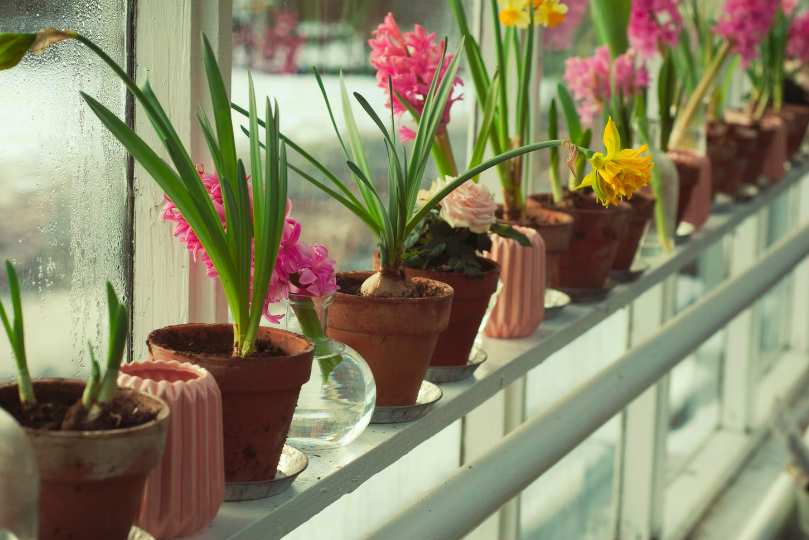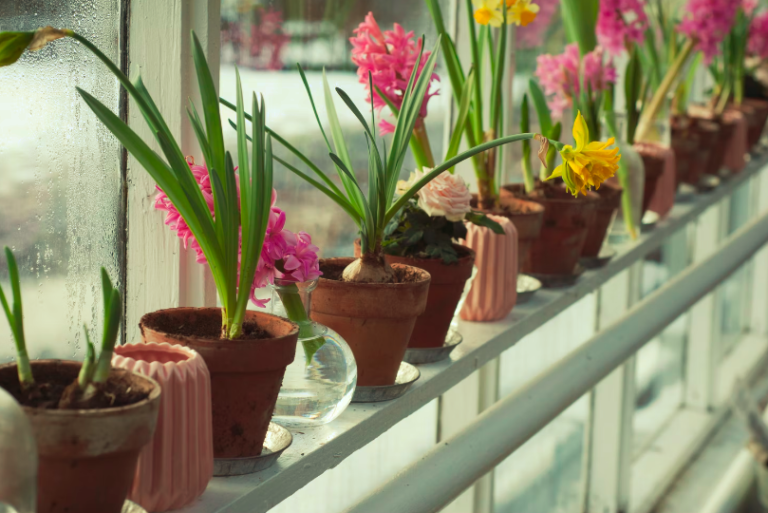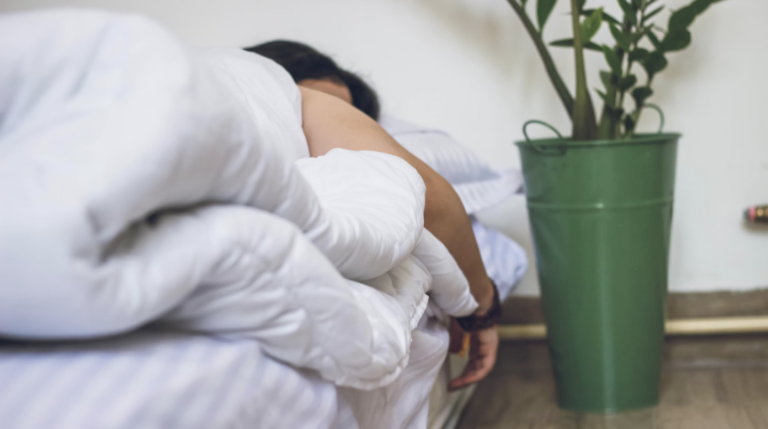In your plant nursery, you have probably noticed the small holes in the bottom of each plant’s container. Critical to the health and lifespan of your potted plants, these holes allow air to flow to the plant’s roots and excess water to drain out of the container. This ensures that your plants receive the fresh carbon dioxide they need to carry out the process of photosynthesis, and it prevents your plants from becoming waterlogged, which can lead to root rot and the death of your plant. To promote the lifespan of your plant nursery, here are three ways you can help your potted plants get enough drainage.
Use the Right Kind of Soil
Traditional dirt used for trees and regular garden plants rapidly soaks up water, which can quickly lead to dangerous water retention, so it’s best to use potting mix for potted plants. Potting mix is a special soil blend made from non-dirt materials such as peat moss, vermiculite, and perlite, which allow air to circulate to the plant’s roots and water to drain through to the bottom of the container. You may even be able to find potting mixes specifically designed for the different types of plants in your potted plant nursery.
Choose Proper Containers
Plant pots and containers come in a wide variety of sizes, styles, and materials, which can make choosing the right ones for your plants a little confusing. In general, you’ll want a pot on the deeper side to promote permeability, which will allow for better airflow and water drainage. While plastic and metal pots may be inexpensive and versatile, they are not very breathable and can limit air and water flow. Look instead for pots made from more breathable materials, including terracotta, ceramic, and wood.

Avoid Ineffective Soil Additives
You can also boost a potted plant’s airflow and water drainage by adding different materials and aggregates to the potting soil. Materials like perlite, coarse sand, clay aggregates, vermiculite, and compost can all improve the structure of your plants’ soil and prevent them from becoming too impacted. However, it’s important to avoid materials that can prove to be ineffective or even harmful to your plants’ development, including rocks, gravel, and shards of pottery.
Get Help From TPG – The Plant Gallery
Choosing the right potting materials is essential for ensuring a long, healthy life for your plant nursery. Our team at TPG – The Plant Gallery can help you find exactly what your potted plants need and answer any questions you may have. Contact us today to learn more about our Garden Center selection and floral services.


